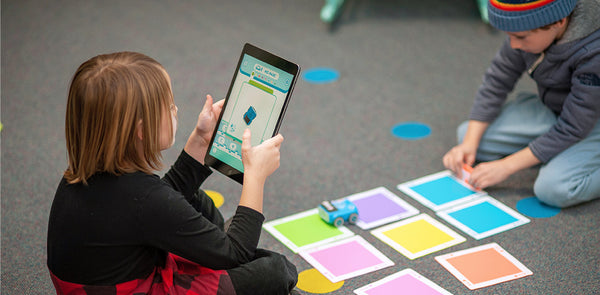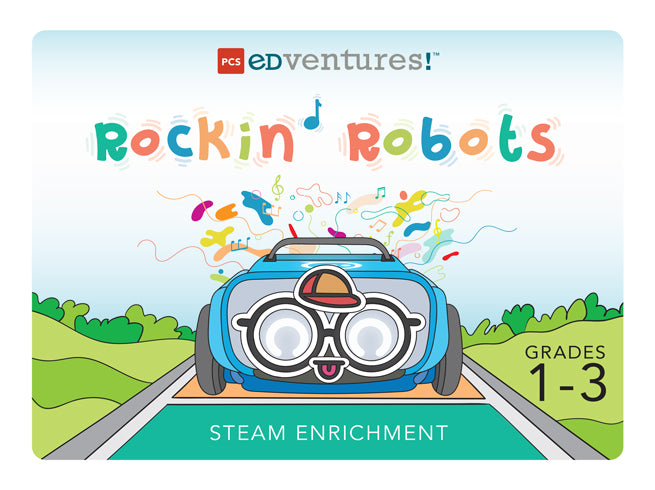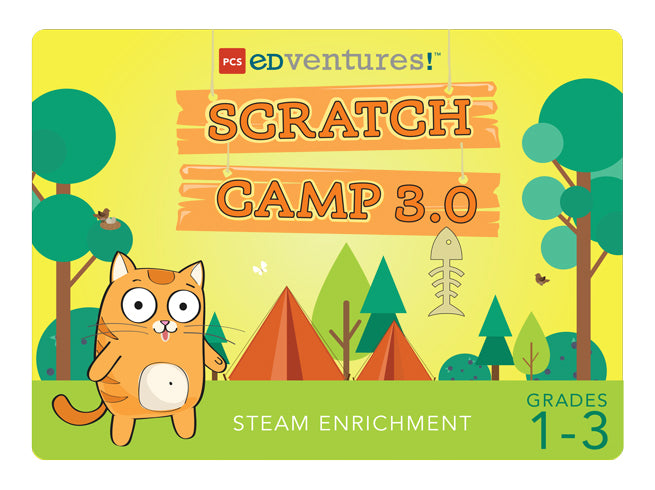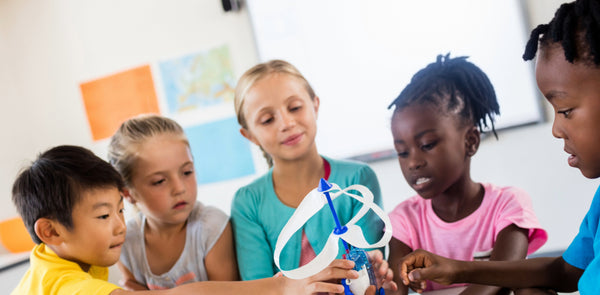
Coding for Kids: How to Boost Academic Achievement
Kids love to code! Communicating with computers is fun, engaging and thrilling, and it also has a powerful effect on kids’ futures. What are the long-term benefits of coding? Coding boosts academic achievement while simultaneously embedding life-long skills in learners.
Once kids begin to code, you’ll see that it fosters these skills and characteristics in learners:
- develops computational thinking
- enhances executive functioning skills
- encourages creative thinkers and innovators
At What Age Can Learners Begin to Code?
Studies show that children can start coding as young as 5 years old. At this age, they begin to understand cause-and-effect relationships, including simple computer commands. Elementary-aged learners are capable of providing computers with instructions to achieve a specific outcome through code!
Why Is It Important to Introduce Coding in Elementary School?
We know our littlest learners can code, but why is it important to introduce coding in elementary school? Think of learning to code as learning another language – you’re learning to communicate with technology, after all. The earlier coding is introduced, the easier it is to become fluent! What’s more, younger students are found to be more receptive to learning new things and find it easier to pick up new concepts.
How Do You Introduce Coding to Elementary Students?
We have the perfect curriculum and technology to start coding with younger learners! Let’s explore Sphero indi (a robot designed for early learners) and three of our all-inclusive STEAM programs: Rockin’ Robots and Scratch Camp.

Rockin’ Robots is the perfect harmony of coding and music as learners begin their coding STEAMventure with a Sphero indi robot! They explore step-by-step coding principles to solve maze challenges and practice coding to well-known musical songs. Watch imaginations shine as learners integrate art, music, coding and engineering to design their own musical courses for Sphero indi.

Uncover the sensational world of coding through Scratch Camp's 12 creative, hands-on projects! Using the software Scratch, learners explore coding control panels, programming music and animation. Students expand their skills and imagination while building their own interactive storyboards and games with audio, video and characters.
Continue reading to learn how our ready-to-go STEAM programs boost kids’ academic achievement through engaging and exciting coding lessons.
Computational Thinking:
Computational thinking is the ability to break down a problem into simple steps and then formulate a clear solution. It is often associated with technology, math, and science, but it also transfers to many areas of academics. A child with strong computational thinking has strong problem-solving and critical thinking skills, which are used in all educational aspects.
In our three featured STEAM programs, learners explore how to approach a variety of problems and develop achievable solutions, which is essential in Building Computational Thinking in Young Learners. The best part — young coders are eager to solve these exciting problems! For example, learners code to escape mazes in Rockin’ Robots.

Check out this example from Scratch Camp's for a glimpse of how our coding curriculum reinforces computational thinking. Using the Scratch editor, learners select fun music and a groovy backdrop and code to get their sprites (characters) dancing! Testing out various codes is important — sprites need to move and groove in beat with the music. The next task truly expands computational thinking. Learners use the same steps to code three different sprites, creating one awesome dance party!
Executive Functioning:

When a child is between 5 and 7 years old, there are rapid changes to their cognitive functioning. As these changes occur, it’s crucial to nurture a child's executive functioning to support academic success.
How can elementary educators support learners in this area? Studies show when children are faced with the challenge of coding problems, they develop complex executive functioning skills (Arfé et al., 2019). Our featured programs require learners to plan, organize, and carry out coding tasks. We provide plenty of visuals to support learners to ensure they are successful.
Rockin’ Robots strengthens executive functioning skills across consecutive lessons.
- First, learners code the well-known song, Row Row Row Your Boat. This experience teaches the importance of following directions and working toward an end goal.
- Next, learners assemble various music courses and code for Sphero indi to perform the command. This task requires working memory and organization.
- Finally, excited learners put their executive functioning skills to the test by designing their own music courses for Sphero indi!
For children to successfully send Sphero indi along their course, they must display goal setting, self-monitoring, flexible thinking and more!
STEAM and executive functioning truly go hand-in-hand. Learn the many benefits by checking out our blog: Enhance Executive Functioning with STEAM!
Creative Thinkers & Innovators:
Creative thinkers are motivated, life-long learners with strong cognitive skills. Their ability to make discoveries and innovate stretches across a vast range of academic areas. Our STEAM programs provide plenty of opportunities for learners to tinker with technology and manipulatives, which boosts their ability to think creatively. Whether learners are programming to create animated cartoons in Scratch, or to send Sphero indi along a color-coded tile course, they’re practicing out-of-the-box thinking. Our curriculum motivates learners to complete innovative tasks, which ignites a love for learning.
Exposing elementary-aged learners to coding is sure to spark a generation of innovators! What’s more, you can initiate an interest in coding for girls, who statistically hold fewer jobs in computer science. Read more in: Women Who Code: Bridging the Gender Gap.
Go Full STEAM Ahead & Start Coding!
The earlier kids code, the earlier you’ll see the benefits! Coding is an exhilarating and engaging method that boosts academic achievement and fosters life-long skills.
Ready to begin coding with kids in your learning environment?
Start by checking out our coding freebie, How to Code a Dress-Up Game in Scratch! If you’re ready to dive in with one of the featured programs, we have webinar orientations and training available to support you.

Author: Marissa Rosol
As a 4th-grade elementary teacher and instructional coach, Marissa believes hands-on learning is the key to student engagement. Her love for literacy, STEAM and student collaboration guides her instruction and professional development sessions.
References:
Arfé, B., Vardanega, T., Montuori, C., & Lavanga, M. (2019, December 11). Coding in primary grades boosts children’s executive functions. Frontiers in Psychology. https://www.ncbi.nlm.nih.gov/pmc/articles/PMC6917597/
K., J. (2023, July 27). Teachers’ essential guide to coding in the classroom. Common Sense Education. http://www.commonsense.org/education/articles/teachers-essential-guide-to-coding-in-the-classroom#Is%20coding%20relevant%20to%20non-STEM%20subjects









